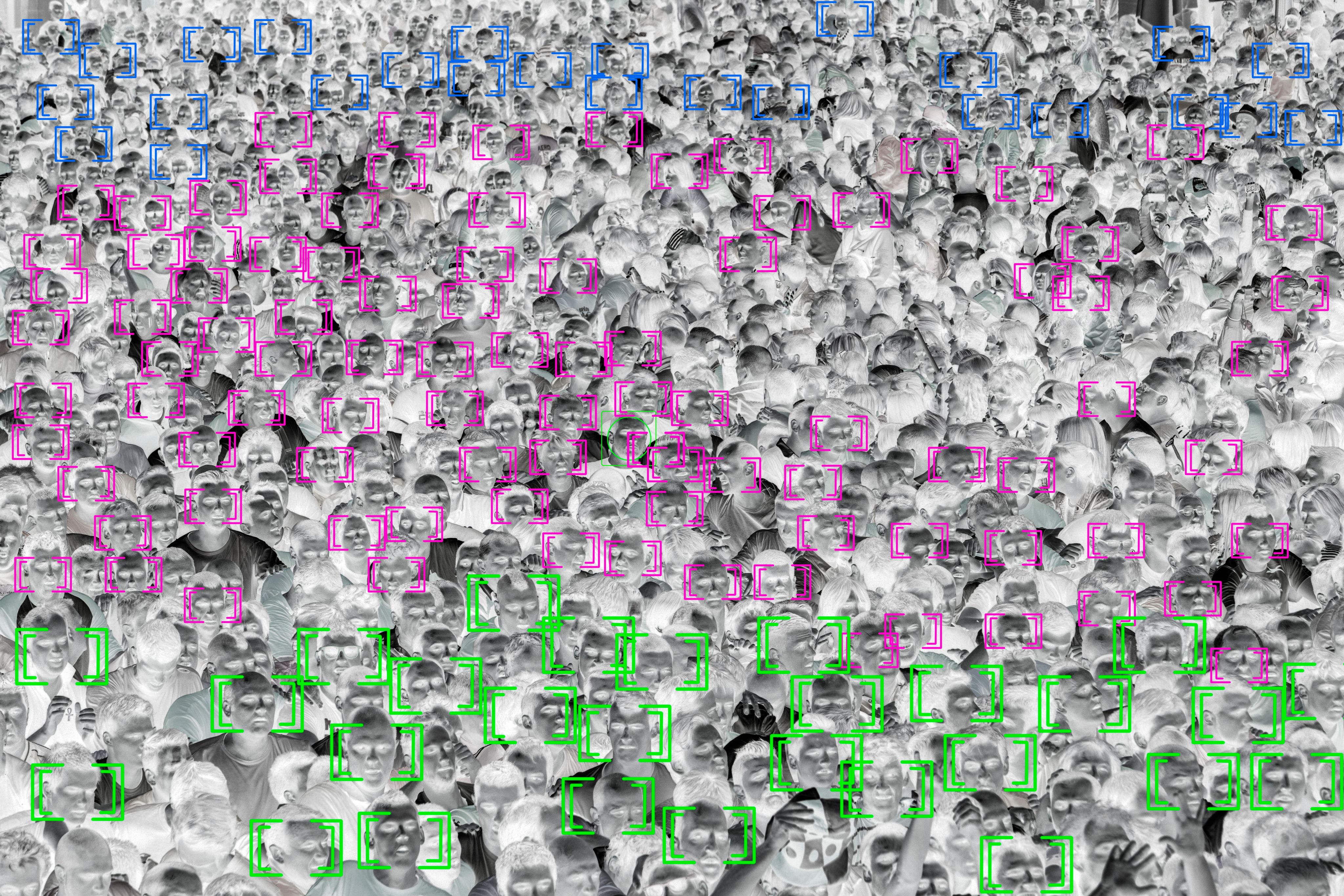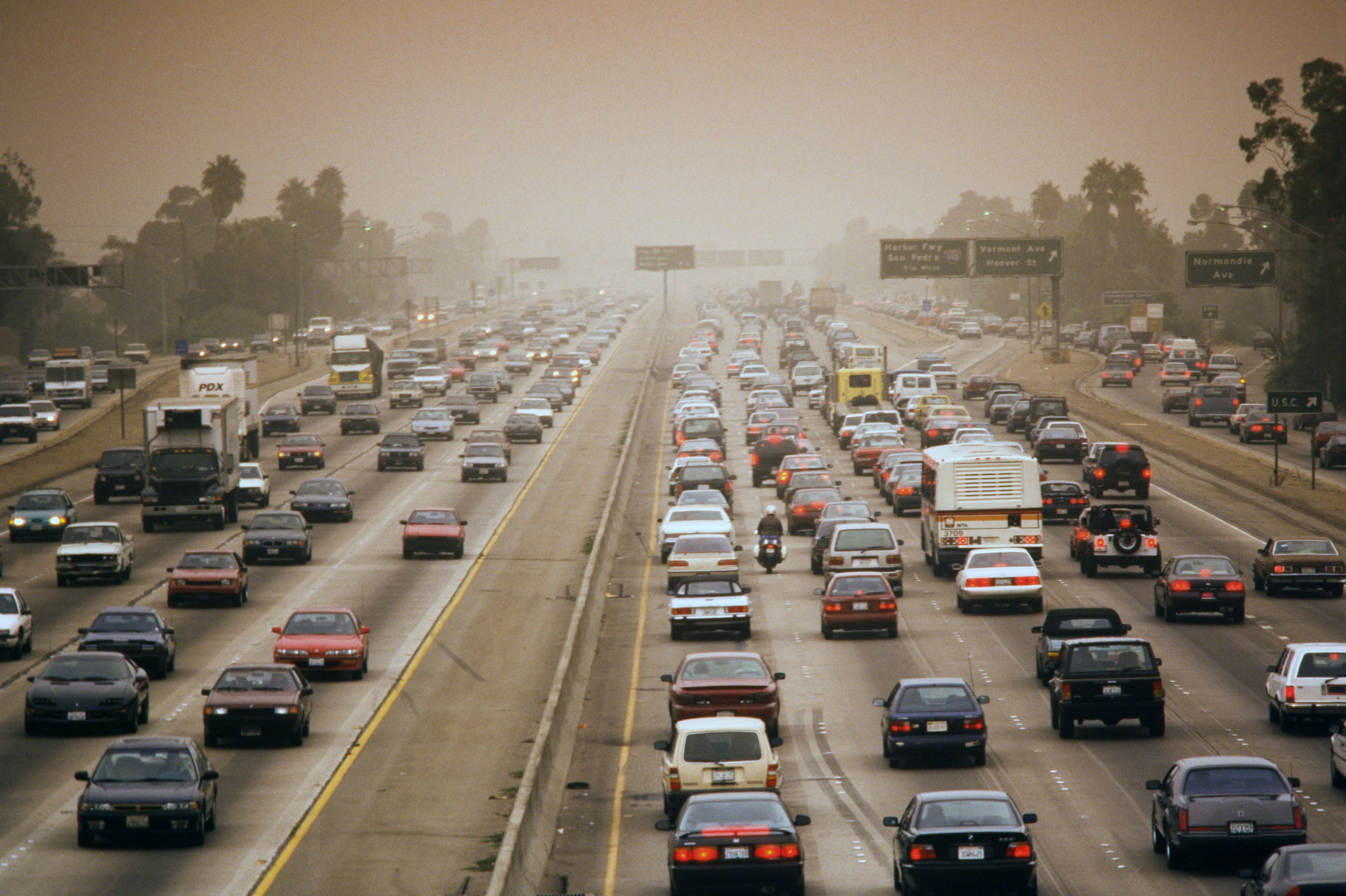Is artificial intelligence bad for the environment?
Balancing social good with environmental risks

Artificial intelligence (AI) benefits the environment in countless ways.
For example, it can:
- Cut food waste by predicting consumer demand
- Optimize how factories, farms, and data centers use energy and natural resources
- Enhance renewable energy power grids by predicting solar and wind generation
- Improve the energy efficiency of autonomous vehicles by avoiding unnecessary braking and acceleration and calculating the best routes
Benefits like these led the World Economic Forum to conclude in a 2018 report that AI "...can unlock new solutions to society's most pressing environmental challenges..."
Negative impacts
But AI and its associated infrastructure can have negative direct and indirect impacts on the environment too.
In articles for Review of International Political Economy, Ethics, Policy & Environment, and NJAS: Impact in Agricultural and Life Sciences, researchers highlight that the application of AI can:
- Consume a lot of electricity
- Use vast amounts of water
- Develop biases against nature and animals
- Enable less sustainable transport choices
- Boost fossil fuel production
- Encourage overconsumption
- Accelerate mining
- Increase monoculture
- Stifle environmental activism
Positive impacts
There are many positive social impacts of AI. But it has the potential to cause social harm too.
Therefore, regulators, policymakers, practitioners, and users need to be aware of the environmental impact of AI, especially as AI applications become more accessible and widespread.
The negative environmental impacts of AI
Electricity consumption
Many AI applications need extensive "training." This could involve processing billions of data points or reviewing millions of images. This uses a lot of electricity.
The data centers and other infrastructure that support AI also use a lot of electricity. The International Energy Agency (IEA) estimates that data centers were responsible for up to 1.3% of global electricity consumption in 2022 (this figure doesn't include energy used in cryptocurrency mining).
However, advancements in how data centers use electricity can mean that a rise in the computing power needed for AI doesn't necessarily lead to a similar rise in electricity consumption.
For example, between 2010 and 2018, the 550% rise in computing workloads led to only a 6% rise in electricity consumption in data centers globally.
Sources of electricity
AI's electricity consumption is less of a problem for the environment when it's generated by renewable sources.
In many regions, renewable energy isn't available all the time. But many of the world's largest technology companies, including Google and Amazon Web Services (AWS), have long-term aims to use 100% renewable energy at all times.
Pressure on networks
AI data centers can still put pressure on local utility networks, no matter how the electricity is generated.
The electricity needed for a typical data center with a capacity of 100 megawatts could power 80,000 homes.
The IT industry needs to develop energy-efficient algorithms, optimize hardware infrastructure, and use renewable energy sources in efforts to address the environmental effects of generative AI

The carbon footprint of training an AI model
Researchers estimate that the development of OpenAI's large language model GPT-3 generated 500 metric tons of carbon.
According to the U.S Environmental Protection Agency (EPA), this is the same as:
Charging 60 million smartphones
Driving almost 1.3 million miles in the average gas-powered passenger vehicle
Powering 63 U.S. homes for a year
Water consumption
Data centers that use water in their cooling systems use less electricity. But they need a lot of water.
In 2021, Google's data centers used 16.3 billion liters (4.3 billion gallons) of water. This increased by 30% to 21.1 billion liters (5.6 billion gallons) in 2022. In the same period, Microsoft's water consumption increased by 34% from 4.7 billion liters (1.2 billion gallons) to 6.3 billion liters (1.6 billion gallons) a year.
Figure 1: Google and Microsoft data center water consumption in 2021 and 2022
Figure 1: Google and Microsoft data center water consumption in 2021 and 2022
Water is also used to generate the electricity that powers a data center if this comes from sources such as natural gas or a nuclear reactor.
AI and water
The growing demand for AI tools is likely causing a rise in the water consumption of data centers.
One study estimates that training a large language AI model needs several million liters of water, while a simple conversation of 20 to 50 questions and answers on the chatbot ChatGPT could use half a liter of water.

Biases against nature and animals
Ecolinguistics is "the study of the impact of language on the life-sustaining relationships among humans, other organisms, and the physical environment."
Ecolinguistics research shows that human language is often biased in its treatment of animals and non-human concepts such as nature and the environment.
Biases can be introduced to AI applications via training data and human input into developing AI algorithms.

Enabling less sustainable transport choices
Advances in AI algorithms, hardware, and computing capacity have accelerated the development of autonomous driverless vehicles.
Expected benefits of autonomous vehicles include fewer injuries and traffic jams and a reduction in carbon emissions.
However, these vehicles can use huge amounts of natural resources, and produce particles that reduce air quality, even when powered by electricity rather than fossil fuels.
As autonomous vehicles become more accessible and affordable, it could encourage us to take more trips by car over more sustainable options such as walking, cycling, and public transport.
Meanwhile, some researchers say it could take decades before we see the full environmental benefits of autonomous vehicles.

Boosting fossil fuel production
Many of the world’s leading oil and gas companies are investing heavily in AI.
AI tools – such as automated submarines, cloud-based software, drones, and smart equipment – can help discover new oil and gas reserves, increase the life of oil wells, and increase oil and gas production.
This can accelerate fossil fuel production and extraction and help fossil fuel companies remain profitable.

Encouraging overconsumption
We live in a time when consumers may not be able to tell the difference between products that satisfy basic needs and luxury goods. When consumers have spending power and economies are focused on growth, this can lead to overproduction of goods and overconsumption.
AI can accelerate overproduction in several ways.
Firstly, the production and supply efficiencies AI can generate can make products more affordable for consumers.
Secondly, AI creates markets for "smart" products, such as speakers, personal assistants, household appliances, autonomous and semi-autonomous cars, and industry-specific equipment.
Thirdly, it can help increase sales of goods and services through AI-optimized advertising, automated recommendations, chatbots, and personalization.
Corporations commonly reinvest the savings from environmental efficiencies to increase sales, expand markets, and grow operations

Accelerating mining
Mining can negatively affect water, soil, and air quality, disturb wildlife, and cause soil erosion and land subsidence.
The growth of AI is accelerating the mining of coltan, cobalt, and other elements used in the infrastructure – such as data centers and computers – that supports AI.

Increasing monoculture
While AI can help farmers produce more and better quality crops, it can also contribute to an increase in monoculture (growing a single crop in a certain area of land).
This can increase the risks of plant disease and have other environmental impacts, such as reducing the quality of the soil and the amount of worms and insects for birds.

Stifling environmental activism
Authorities can use AI applications to monitor and censor activity online, limit access to online resources, and identify, track, and monitor activists without their knowledge and consent, both in person and via digital images.
This can allow authorities to harass activists and discourage people from organizing and attending online and in-person protests and signing petitions.
AI tools can also be used to produce and spread disinformation that could influence public opinion on environmental issues.

Further reading
- Artificial intelligence and the rights to assembly and association by Cameran Ashraf in The Journal of Cyber Policy
- Artificial intelligence in the classroom
- Artificial intelligence needs environmental ethics by Seth D. Baum and Andrea Owe in Ethics, Policy & Environment
- Inspiring women in AI
- Ironies of artificial intelligence by Mica R. Endsley in Ergonomics
- Is artificial intelligence greening global supply chains? Exposing the political economy of environmental costs by Peter Dauvergne in Review of International Political Economy
- Managing the soaring energy demands of generative AI
- The globalization of artificial intelligence: consequences for the politics of environmentalism by Peter Dauvergne in Globalizations
- We must stop technology-driven AI and focus on human impact first, global experts warn
- What's stopping AI regulation? Five key challenges for policymakers
 China
China Africa
Africa




